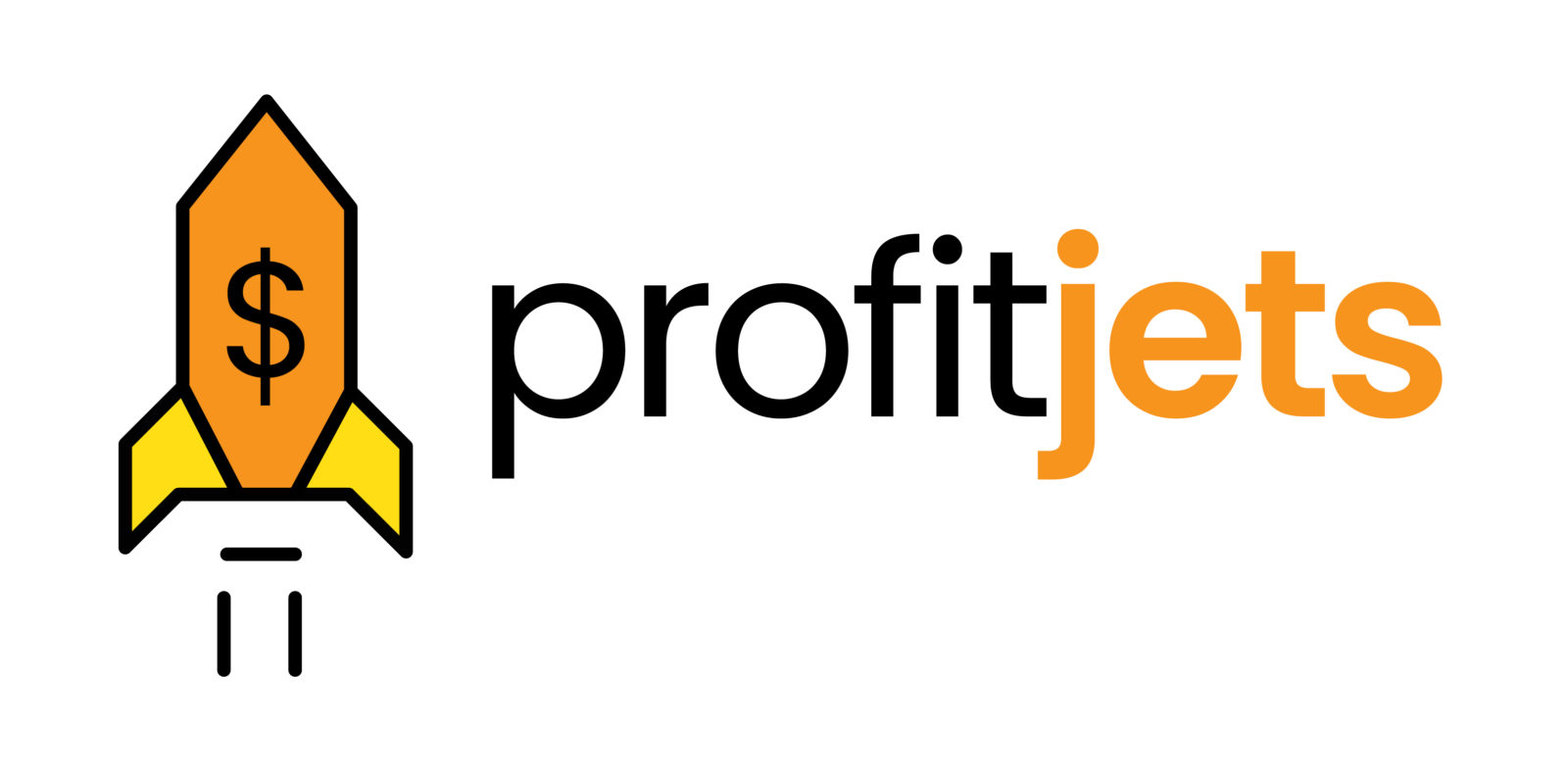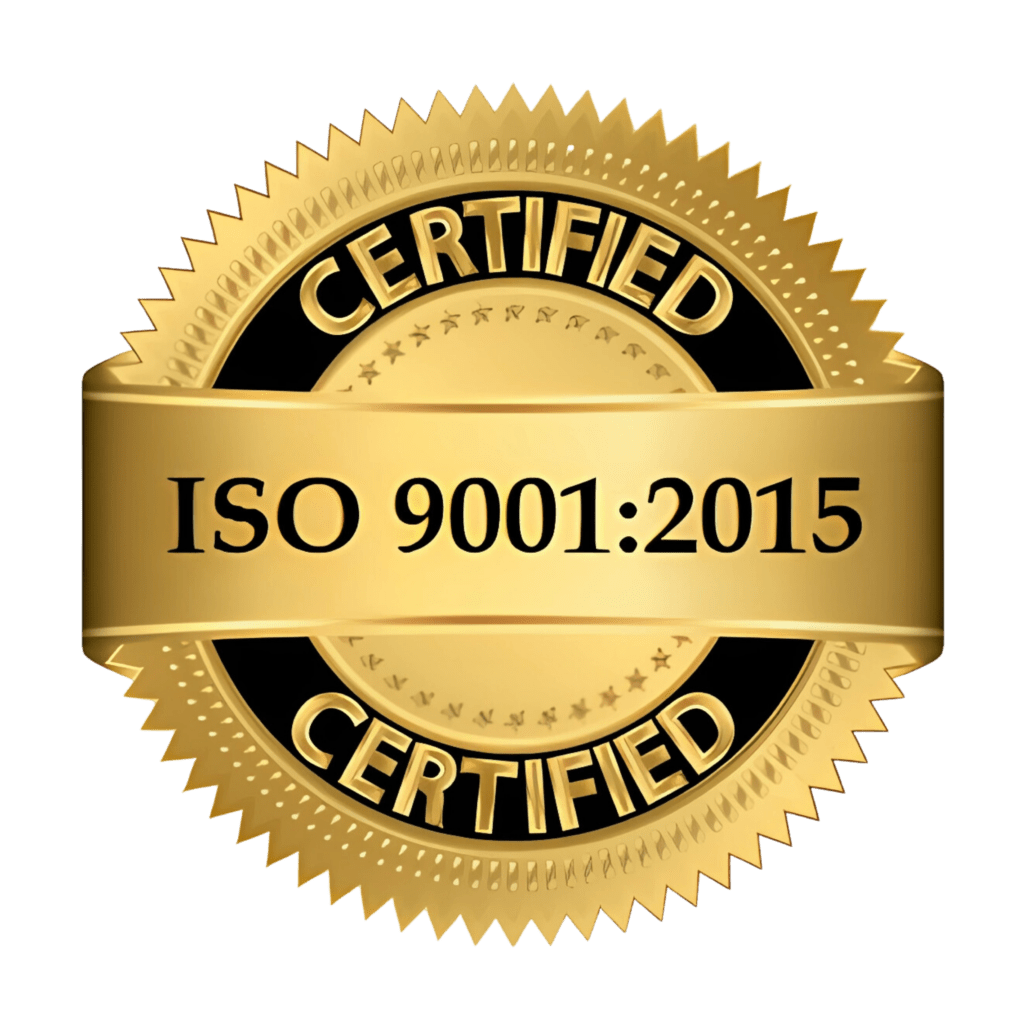In the dynamic business landscape of 2025, efficient inventory management is paramount for small businesses, startups, freelancers, and e-commerce ventures in the USA. The First-In, First-Out (FIFO) inventory method remains a cornerstone strategy, ensuring optimal stock rotation, accurate financial reporting, and compliance with accounting standards. This guide delves into the FIFO method’s intricacies, its advantages, implementation best practices, and the role of outsourced accounting services in streamlining inventory processes.
Table of Contents
Understanding FIFO: The Basics
FIFO, or First-In, First-Out, is an inventory valuation method where the oldest inventory items are recorded as sold first. This approach aligns with the natural flow of goods, especially for perishable products, ensuring that older stock is utilized before newer stock.
Key Characteristics:
- Cost Flow Assumption: The cost of goods sold (COGS) is based on the cost of the earliest purchased inventory.
- Inventory Valuation: Ending inventory reflects the cost of the most recent purchases.
- Financial Reporting: FIFO often results in higher net income during inflationary periods, as older, cheaper costs are matched against current revenues.

Benefits of FIFO for Small Businesses
1. Enhanced Cash Flow Management
By selling older inventory first, businesses can maintain a steady cash flow, reducing holding costs and minimizing the risk of obsolete stock.
2. Improved Financial Accuracy
FIFO provides a more accurate reflection of inventory costs on financial statements, aiding in better decision-making and financial planning.
3. Compliance with Accounting Standards
FIFO is accepted under both Generally Accepted Accounting Principles (GAAP) and International Financial Reporting Standards (IFRS), ensuring regulatory compliance.
4. Simplified Inventory Tracking
The FIFO method simplifies inventory tracking, making it easier for businesses to manage stock levels and reorder products timely.

Implementing FIFO: Best Practices
1. Utilize Inventory Management Software
Adopt software solutions that support FIFO tracking, allowing automated updates and real-time inventory monitoring.
2. Regular Inventory Audits
Conduct periodic audits to ensure that the physical stock aligns with recorded data, identifying discrepancies promptly.
3. Staff Training
Ensure that employees understand the FIFO process, emphasizing the importance of stock rotation and accurate record-keeping.
4. Clear Labeling and Organization
Label inventory with receipt dates and organize storage areas to facilitate the easy identification of older stock.
FIFO in Different Industries
Retail and E-commerce
FIFO helps in managing seasonal products, ensuring that older merchandise is sold before newer stock, reducing markdowns and losses.
Food and Beverage
Essential for perishable goods, FIFO ensures food safety and compliance with health regulations by minimizing spoilage.
Pharmaceuticals
Critical for managing drugs with expiration dates, FIFO aids in maintaining efficacy and regulatory compliance.
Integrating FIFO with Outsourced Accounting Services
Partnering with an outsourced accounting firm can enhance FIFO implementation through:
- Expertise: Professionals with experience in inventory management can provide insights and strategies tailored to your business.
- Technology Integration: Outsourced firms often utilize advanced software, facilitating seamless FIFO tracking and reporting.
- Cost Efficiency: Reducing the need for in-house accounting staff lowers overhead costs, allowing resources to be allocated elsewhere.
- Scalability: As your business grows, outsourced services can adapt to increased inventory and accounting needs.
Common Challenges and Solutions
1. Managing FIFO with High Inventory Turnover
Solution: Implement robust inventory management systems that automate tracking and provide real-time data.
2. Ensuring Staff Compliance
Solution: Regular training sessions and clear standard operating procedures can reinforce the importance of FIFO practices.
3. Integrating FIFO with Existing Systems
Solution: Work with IT professionals or outsourced accounting services to ensure compatibility and smooth integration.

Conclusion
The FIFO inventory method remains a vital strategy for small businesses aiming for efficient inventory management, accurate financial reporting, and compliance with accounting standards in 2025. By understanding its benefits and implementing best practices, businesses can optimize operations and drive growth. Collaborating with outsourced accounting services further enhances these advantages, providing expertise and scalability to meet evolving business needs.
Frequently Asked Questions
1. Is FIFO suitable for all types of businesses?
FIFO is particularly beneficial for businesses dealing with perishable goods or products with expiration dates. However, its applicability depends on the nature of the inventory and business operations.
2. How does FIFO affect tax reporting?
During inflationary periods, FIFO can result in higher taxable income since older, lower-cost inventory is matched against current revenues.
3. Can FIFO be implemented manually?
While possible, manual implementation is prone to errors. Utilizing inventory management software is recommended for accuracy and efficiency.
4. How does FIFO compare to LIFO?
FIFO assumes the oldest inventory is sold first, while LIFO assumes the newest inventory is sold first. FIFO often results in higher net income during inflationary periods.
5. What role do outsourced accounting services play in FIFO implementation?
Outsourced accounting services provide expertise, technology, and scalability, facilitating accurate FIFO tracking and reporting.









